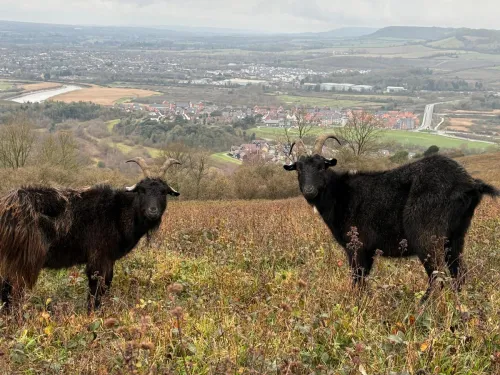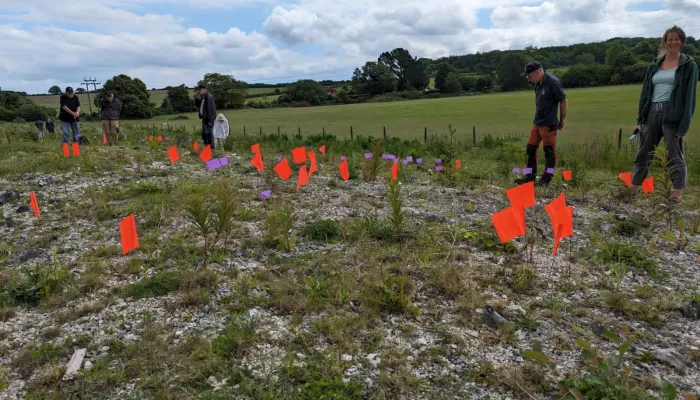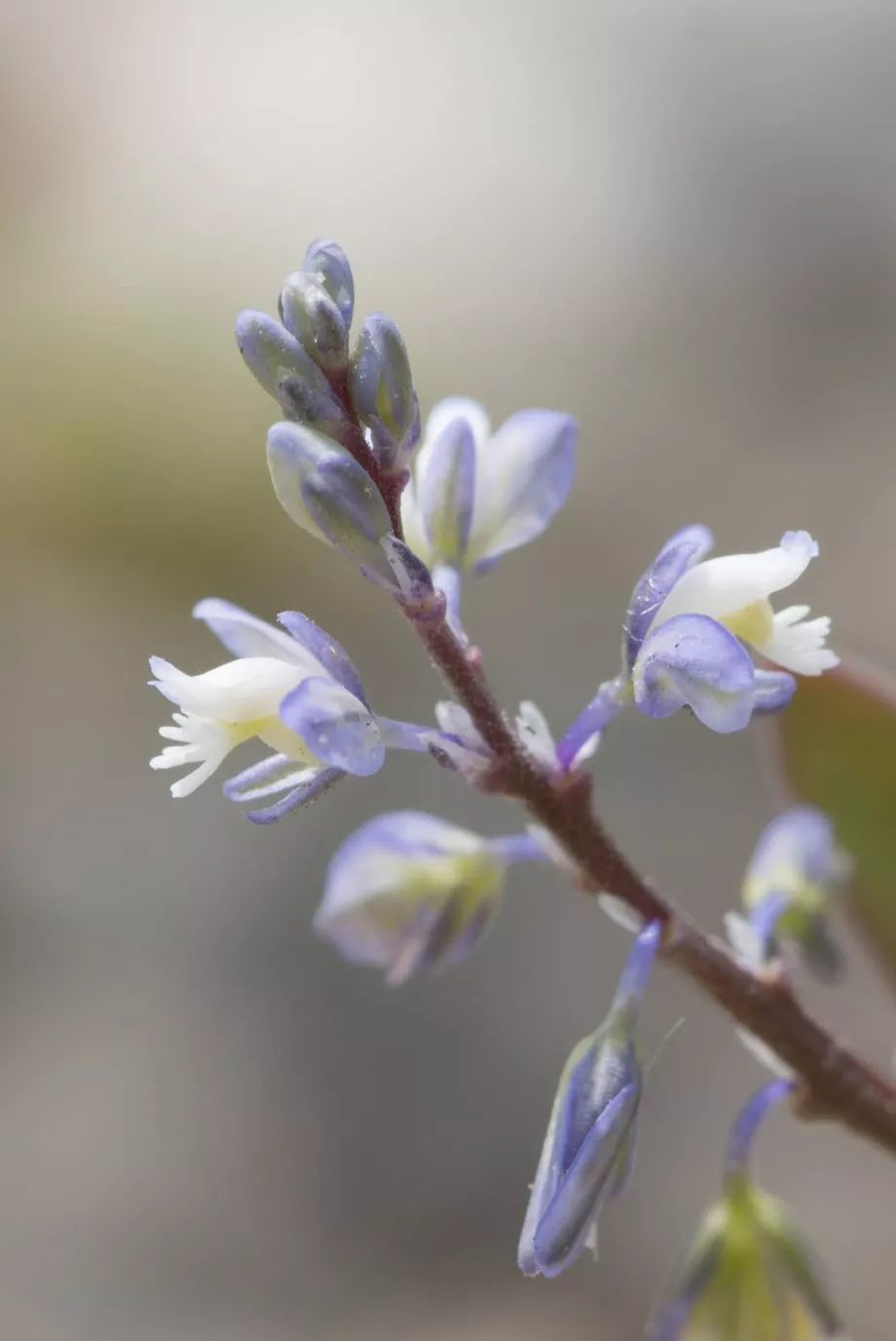
It’s the “Goat” of Christmas past
Rangers celebrate “Christmas miracle” as escaped goat returns after three-month adventure


The project began with a comprehensive survey of current and historical sites to better understand species requirements and strategies for improvement. Out of the three sites in Kent, low populations were found at two and the third recorded no plants for the past four years. Seeds were collected from the strongest population and taken to Kew to cultivate. This process ensured a long-term seed source for future introduction projects, without depleting existing populations.
In 2021, Kew grew enough plants for trial introductions at Fackenden Down and Queendown Warren, both chalk grassland habitats. While only two plants persisted at Fackenden, the Queendown population thrived.
The latest survey news is encouraging news for the project and the team is hopeful they may have saved this important plant from extinction.
This success means that the population at Queendown Warren is now large enough for small numbers of seeds to be collected, bolstering the collection at Kew.
The long-term future will involve using pigs and cattle to maintain the open ground and sward that this plant seems to enjoy along with introducing the plant to other suitable sites in the hopes of securing this Kentish endemic’s population.
Kent Wildlife Trust Area Warden, Rob Pennington said: “We are delighted that Kentish milkwort appears to be thriving at Queendown Warren. This is a reflection of a huge team effort, both from the Species Recovery Trust and the wonderful volunteers who work tirelessly, all year round, to maintain this special nature reserve.
“At a time when we are constantly bombarded with negative messages about species decline and the environment, this is a good news story which should give us all hope for a better, wilder future.”

Rangers celebrate “Christmas miracle” as escaped goat returns after three-month adventure

Terrified cows being chased by teenagers, litter strewn over nature reserves, and the inevitable onslaught of mass pumpkin dumping in the woods – as Halloween approaches, Wardens at Kent Wildlife Trust head for their litter pickers in a bid to combat the…

Signage with scannable QR codes has been installed to help people learn about nature and raise awareness of specially protected wildlife areas after a spate of incidents